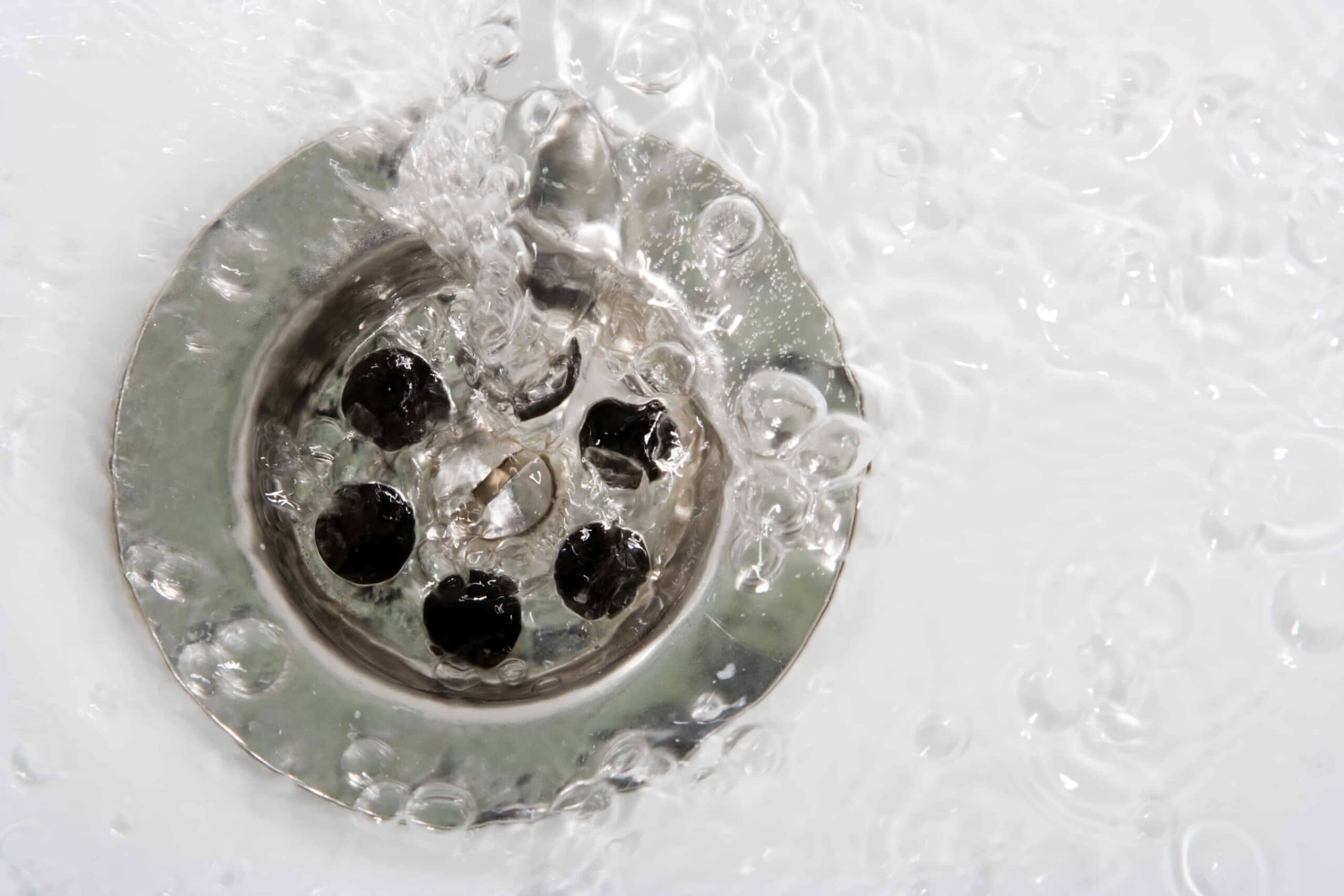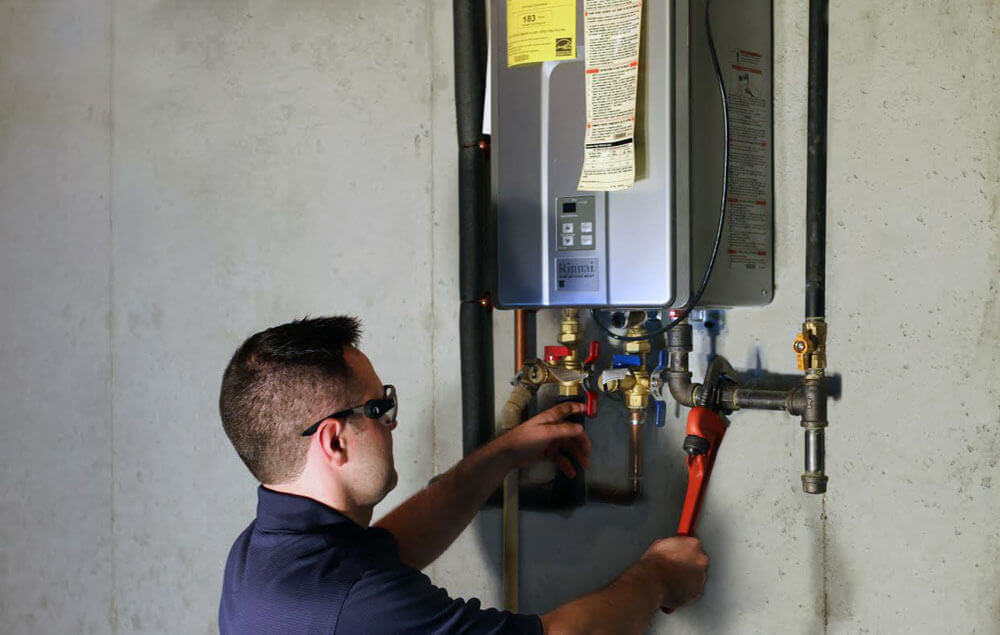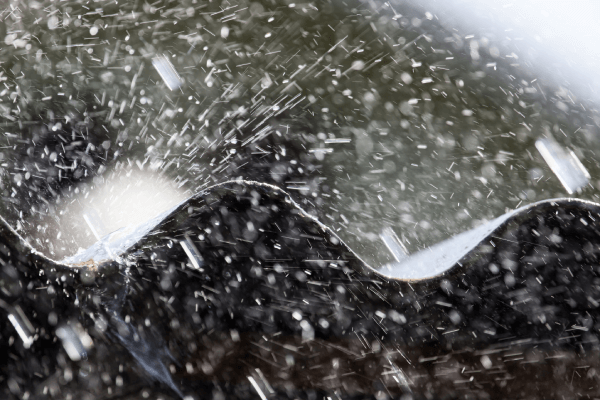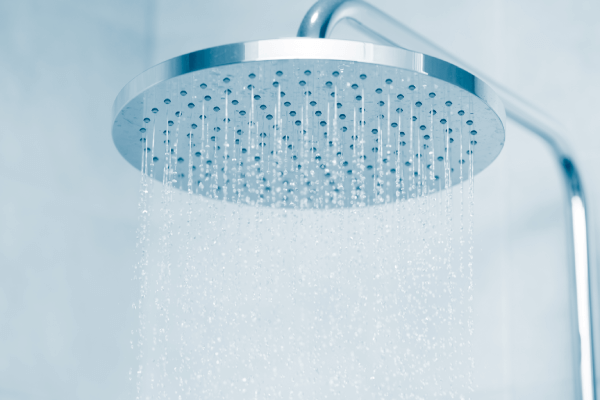5 Benefits of Water Jetting
Maintaining your plumbing in Sacramento can be hard work, especially when it comes to stubborn clogs. While some clogs are an easy fix, thanks to a plunger or drain cleaner, other clogs are hidden deep somewhere in your home’s plumbing or main sewer line. Unfortunately, not every clog can be fixed on your own. For the more intense clogs, you’ll need professional help. While a plumber may suggest a few different tricks, your home should enjoy the water jetting benefits by Crystal Blue.
Why Water Jetting Benefits Your Plumbing
Clogs are a common plumbing problem, but if left untreated, they can cause severe damage to your plumbing. Debris can still accumulate inside your plumbing, no matter how well-maintained, and accidents do happen. That’s why you want to use the best method when it comes to cleaning and clearing your drains and plumbing. While it may be tempting to use other methods such as a snake or drain cleaner, they’re not as safe or effective as water jetting. Clean plumbing that’s clear or clogs is a priority all homeowners should strive for, here’s how water jetting can help.
- It’s effective at cleaning and clearing pipes. Water jetting uses a high-pressure hose to blast water through your plumbing lines. The combination of high-pressure and water makes for a very effective method at cleaning and clearing any obstructions inside your pipes without causing damages. While other methods such as snaking, may remove the obstruction, water jetting fully removes everything out of the line.
- It saves you money. While it may cost more money to water jet your plumbing versus other methods, it saves you costs further down the road. Clean and clear plumbings can help prevent other plumbing issues as well such as a cracked pipe or leak, which can be costly to repair.
- It’s a clean plumbing method. Your plumbing and sewer line are full of toxic contaminants, and the more time your plumber spends on your plumbing, the more there’s a chance of coming into contact with said harmful contaminants. Water jetting is fast and effective, which means less time the plumber has contact with the sewage inside your plumbing. Water jetting also spares you and your plumber the trouble of digging underground or cutting your walls to access your home’s plumbing.
- It’s good for the environment. Unlike chemical drain cleaners, which can be an easy fix but are very toxic for your health and the environment, water jetting is just highly pressurized water. When using a water jet to remove any clogs, the only stuff that gets flushed down the pipes are water and whatever is clogging the pipe.
- It can prevent future problems. Since water jetting thoroughly cleans and clears your plumbing, it can prevent future clogs and other plumbing problems for a longer period of time than other methods. Since plumbers usually do a camera inspection before they water jet your plumbing, they can detect and treat other potential problems before they get worse.
How You Can Prevent Stubborn Clogs
While water jetting benefits are wonderful for your plumbing, the best you can do for your plumbing is to prevent having to resort to water jetting in the first place. While clogs can be a common and frustrating problem, there’s much you can do to prevent clogs from happening in the first place. Actively preventing clogs not only spares you or your plumber from removing them, it helps your plumbing last longer and function better. To spare yourself the trouble of another pesky clog, here’s what you can do to keep your pipes clear and clean.
- Don’t overwhelm the garbage disposal. While the garbage disposal is a wonderful, handy kitchen appliance, it can only handle so much food waste. The truth is that most food waste should never go down the disposal in the first place. Avoid flushing down any fats, oils, and greases as they can cool and solidify inside your drain. Starchy foods such as rice and pastas will expand and create a clog-inducing mush inside your plumbing. Eggshells and coffee grounds are also problematic, creating a sand-like consistency inside your drain which can make for a nasty clog.
- Avoid flushing non-waste materials. The only things that should go down your drain are waste and toilet paper, but there are a few items that try to market themselves as flushable. While they may be labelled as flushable, avoid flushing down any wipes and feminine products, as they can seriously backup your plumbing.
- Use drain strainers. One easy way to prevent clogs is to start using drain strainers. A drain strainer helps to catch what can easily slip down the drain and cause a clog over time, such as food waste, soap scum, and hair.
Don’t Let a Stubborn Clog Spoil Your Day
Clogs can be a pain, but with the right unclogging methods, they don’t have to be. Water jetting your plumbing is not only an effective way to remove any clogs, it’s safe, clean, and thorough. Your drains deserve to stay clean. If you’re stuck with a stubborn clog, it’s time to call in the professionals. Don’t wait until your home’s backed up with sewage, have a plumber water jet your plumbing today.








 Fortunately, the municipal sewer systems usually take the excess water away from your residential property. However, if the downpour is too heavy for your home or sewer system to handle, the outcome can be devastating. The following are ways through which too much rainfall may cause plumbing issues in your home and how you can manage them.
Fortunately, the municipal sewer systems usually take the excess water away from your residential property. However, if the downpour is too heavy for your home or sewer system to handle, the outcome can be devastating. The following are ways through which too much rainfall may cause plumbing issues in your home and how you can manage them.

